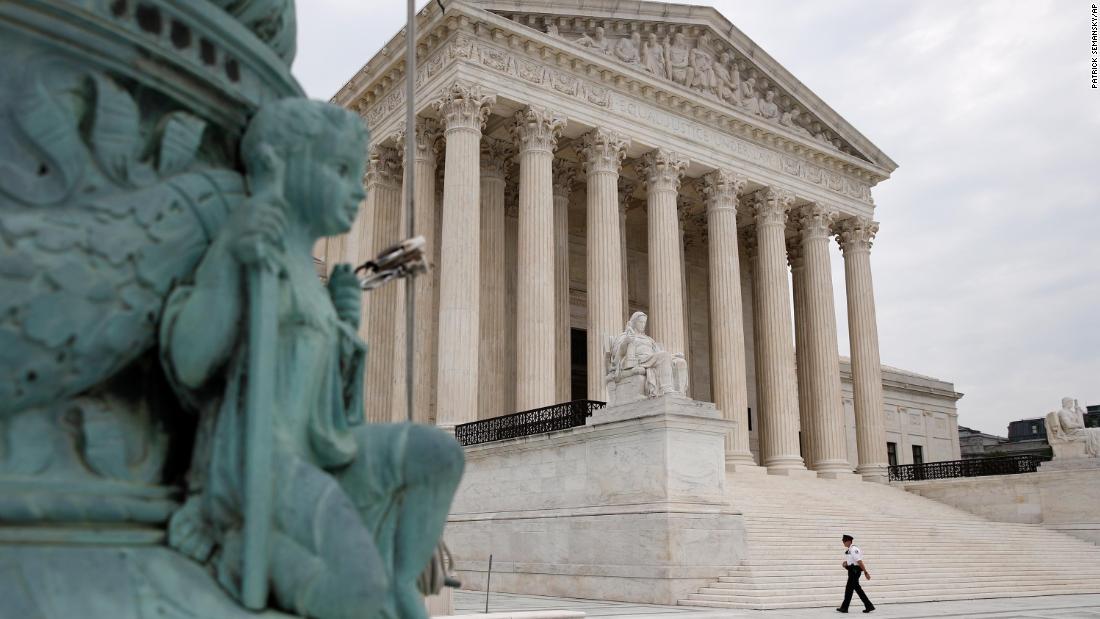
A federal judge in May sided with environmental groups, demanding that the new oil and gas pipelines undergo a long process of permits and regulation to build through bodies of water.
That judge’s ruling canceled the so-called “National Permit 12” for several new pipelines, which authorized and accelerated work on pipelines that cross bodies of water. That ruling stated that the Army Corps of Engineers did not adequately consider the environmental impact of the projects on endangered species. The ruling required that the projects that received said permit stop construction while the environmental impact study was completed.
The Supreme Court overturned the lower court ruling in part, allowing many projects to continue while environmental reviews are underway, but excluded the Keystone XL. The Keystone XL pipeline still has to go through the arduous environmental review process, the judges ruled.
If long enough, that process could jeopardize the pipeline’s existence, pending the outcome of the 2020 election. Democrat Joe Biden has vowed to rescind the permit for Keystone if he wins.
The Supreme Court’s Keystone target represents the third loss in a week for Trump-supported pipeline projects. In January 2017, President Donald Trump signed executive actions that advanced the Dakota Access and Keystone XL pipelines.
The previous Monday, a district court ruled that the Dakota Access Pipeline should be closed before August 5 during an in-depth environmental review of the controversial project. The rare closure of an operational pipeline marks a major victory for the Standing Rock Sioux Tribe and environmental groups that have fiercely fought the pipeline for years. Opponents have argued that the pipeline could contaminate drinking water and destroy Native American burial and prayer sites.
And on Sunday, Dominion Energy and Duke Energy announced the cancellation of the Atlantic Coast Pipeline, a natural gas pipeline initially announced in 2014 that was slated to stretch hundreds of miles in West Virginia, Virginia, and North Carolina.
The Keystone XL expansion project is no stranger to controversy. Under pressure from environmental groups, President Barack Obama vetoed the legislation that would have approved the project in February 2015 and rejected a presidential permit from the company that was trying to build the project later that year. And in 2017, a total of 210,000 gallons of oil was leaked from the existing Keystone Pipeline in South Dakota.
Right now, the Keystone Pipeline system stretches more than 2,600 miles from Hardisty, Alberta, Canada, east to Manitoba, Canada, and then on to Texas, according to parent company TransCanada. That pipeline already works and transports crude oil from Canada. The proposed Keystone XL pipeline, which would run from Hardisty to Steele City, Nebraska, would complete the entire proposed system by cutting Montana and South Dakota.
Eric Levenson and Ross Levitt of CNN contributed to this report.
.
Related
